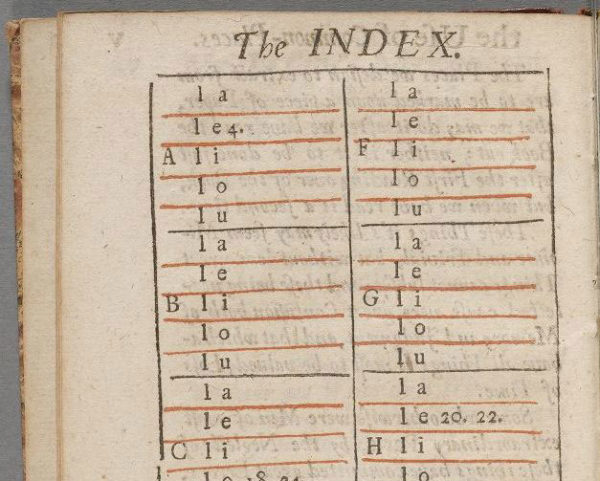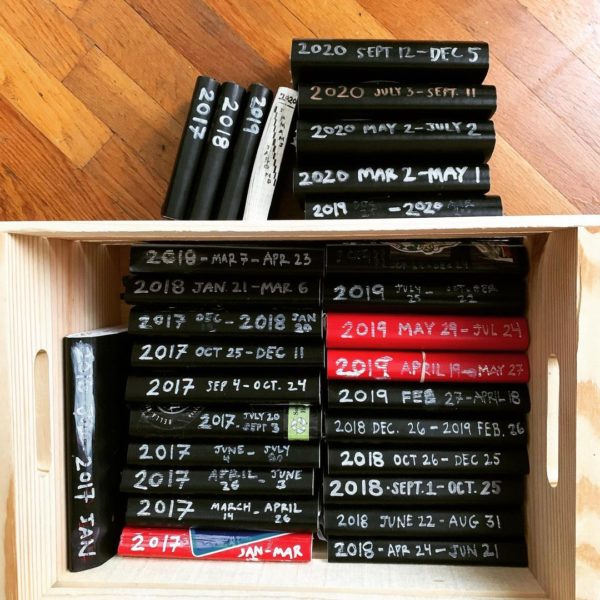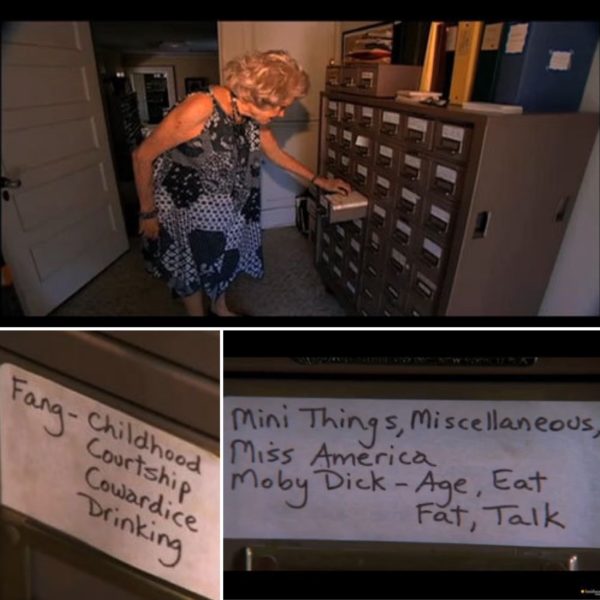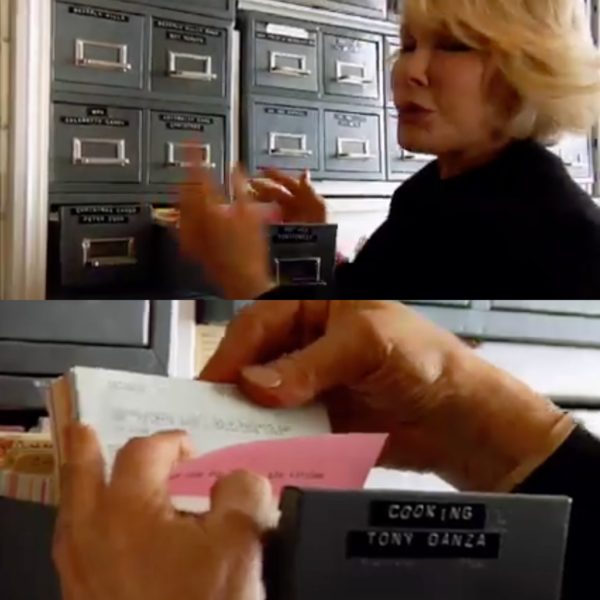
“A good idea is not of any use if you can’t find it.”
—Logan Heftel
When I was working on Keep Going, I wrote about “the importance of revisiting notebooks,” detailing the notebook method I’d learned from the Two Davids — David Thoreau and David Sedaris — how to get down daily thoughts and mine them for material for larger pieces. At the end of the piece, I wrote:
I have no index for the notebooks (unless you count my logbook), and no way, really, of knowing what’s in them, a condition worsened by my terrible memory, and the fact that one of the reasons I like keeping a diary, as Henry Jones, Sr., said, is because I don’t have to remember what’s in it. I plan on starting an index in the coming weeks, and updating it for each new notebook.
Reader, I… never started that index. And four years later, here I am, my dumb ass, trying to write another book, staring at a crate of notebooks, literally thousands of pages, with no idea what’s in them, really:

I have filled pages, but I have missed a crucial step: indexing.
Ralph Waldo Emerson, the man who encouraged his friend Thoreau to start a journal and the man who had the most success with the journal > lecture > essay > book method, kept elaborate notebooks just for indexing his other notebooks. He even kept “indexes to indexes,” as Robert D. Richardson describes in his wonderful biography, Emerson: The Mind on Fire:
Indexing was a crucial method for Emerson because it allowed him to write first and organize later and because it gave him easy access to the enormous mass of specific materials in his ever-increasing pile of notebooks… Emerson spent a good deal of time methodically copying and recopying journal material, indexing, alphabetizing indexes, and eventually making indexes of indexes. When he came to write a lecture, he would work through his indexes, making a list of possible passages. He then assembled, ordered, and reordered these into the talk or lecture.
Emerson called his notebooks his “savings bank,” and over four decades, he spent an enormous amount of time in the vault, not just writing, but re-reading what he’d written and indexing.
The notebooks were in part his storehouse of original writing and in part a filing system, designed to store and give him access to the accumulating fruits of this reading on every topic that interested him throughout his life.
As time went on, it took Emerson longer and longer to put lectures and essays together, simply because he had this vast trove to work with. He had no typewriter, no word processor, no computer. Everything was done with ink and paper. His indexes were massive, running hundreds and hundreds of pages. “These indexes themselves, never printed—with one exception—represent many months and perhaps years of work all by themselves.” He wound up with 263 volumes on his shelf.
It could be dreary work, doing all this indexing, but it was crucial as he worked up to a new work. (Emerson’s creative process is so fascinating, Richardson wrote a wonderful slim volume about it, called First We Read, Then We Write.)
I am fascinated by the notebook and filing systems of other writers. In my experience, it’s very easy to write every day and get ideas down, but it’s not so easy to keep track of it all.
(A wild example, I’ll let you click through to read: In his excellent memoir, My Father, the Pornographer, Chris Offutt writes about his father’s elaborate system of notebooks that allowed him to write hundreds of erotic novels.)

Comedian Phyllis Diller had “gag file,” which is now housed at The Smithsonian:
Phyllis Diller’s groundbreaking career as a stand-up comic spanned almost 50 years. Throughout her career she used a gag file to organize her material. Diller’s gag file consists of a steel cabinet with 48 drawers (along with a 3 drawer expansion) containing over 52,000 3-by-5 inch index cards, each holding a typewritten joke or gag.

In the documentary Joan Rivers: A Piece of Work, the comedian showed off a similar “joke bank”:
For the past thirty-some years, Rivers has been filing each and every joke she’s written (at this point she’s amassed over a million) in a library-esque card cabinet housed in her Upper East Side apartment. The jokes—most typed up on three-by-five cards—are meticulously arranged by subject, which Rivers admits is the hardest part of organizing: “Does this one go under ugly or does it go under dumb?”

These filing systems are all analog examples, but one of my heroes, George Carlin, embraced an analog/digital system:
I take a lot of single-page notes, little memo pad notes. I make a lot of notes on those things. For when I’m not near a little memo pad, I have a digital recorder… When I harvest the pieces of paper and I go through them and sort them, the one lucky thing I got in my genetic package was a great methodical left brain. I have a very orderly mind that wants to classify and index things and label them and store them according to that. I had a boss in radio when I was 18 years old, and my boss told me to write down every idea I get even if I can’t use it at the time, and then file it away and have a system for filing it away—because a good idea is of no use to you unless you can find it….[In my filing system there are files for all kinds of subjects] but then there are subfiles. Everything has subfiles….It’s like nested boxes, like the Russian dolls—it’s just folders within folders within folders. But I know how to navigate it very well, and I’m a Macintosh a guy and so Spotlight helps me a lot. I just get on Spotlight and say, let’s see, if I say “asshole” and “minister,” I then can find what I want find.
“A lot of this,” Carlin said, “is discovery. A lot of things are lying around waiting to be discovered and that’s our job is to just notice them and bring them to life.”
No matter what you make, if you produce a lot every day, you need some sort of system for going back and figuring out what you have.
On Twitter the other day I saw someone point out that the longer you listen to Song Exploder, the more you discover that the Voice Memos app on the iPhone has probably had more of an impact on songwriting than any other piece of software. But recording things in Voice Memos is just one step. The next is listening back to things, finding diamonds in the rough.
Chris Ballew, aka Caspar Babypants, aka the lead singer and songwriter for The Presidents of the United States of America, says he dumps all his raw song ideas into an iTunes playlist and then puts it on shuffle while he’s washing dishes. (I read that Brian Eno does something similar: he makes a tremendous amount of music, and then hits shuffle when he’s answering email, etc., and whatever catches his ear, he investigates.)
Like William Blake said, you either create your own system or get enslaved by another’s. In some sense, this very blog is a system for me to find out what I have: I take material from my notebooks and turn it into blog posts, and the posts become tags, which become book chapters, etc.
But I have a ton of material that never makes it online, and I need to get it out of my notebooks and into an indexed and fully searchable system. I think this will be easiest if I do it as I go, and keep it simple: the minute I finish a notebook, go back and type the whole thing into a .txt file and save it. (And back it up.)
I suspect that rather than being totally dreary, this transcribing step can also be a creative step, and I will see patterns of thought, generate new ideas…